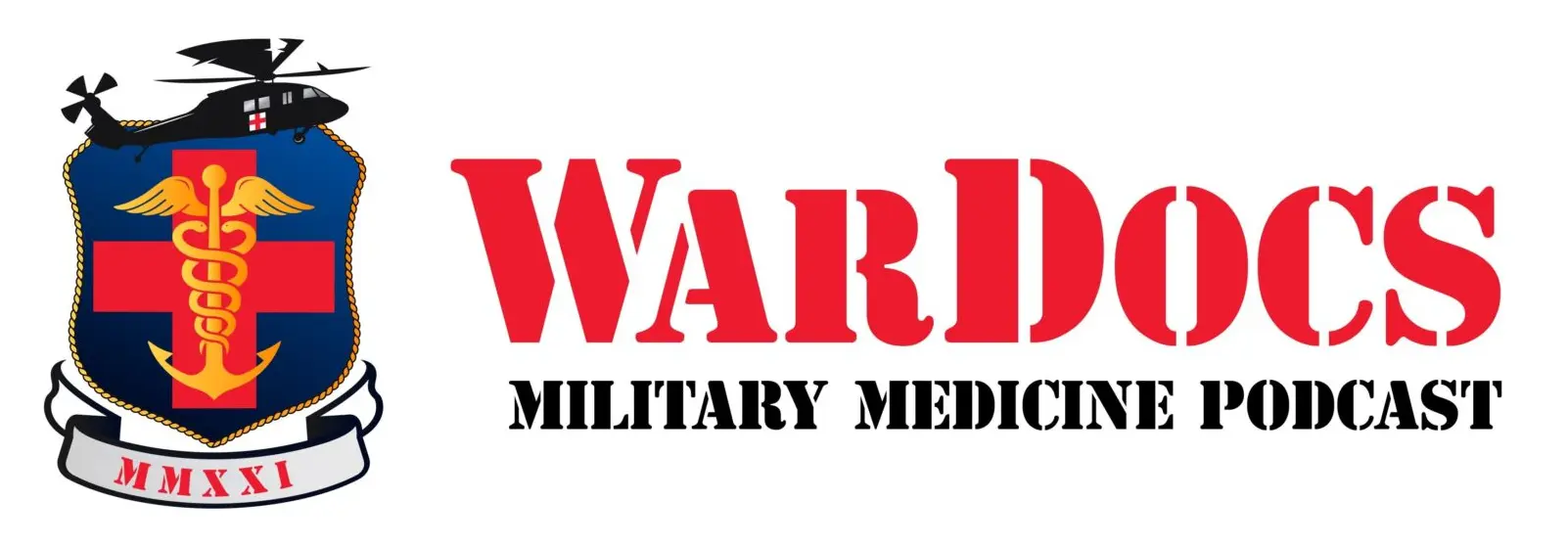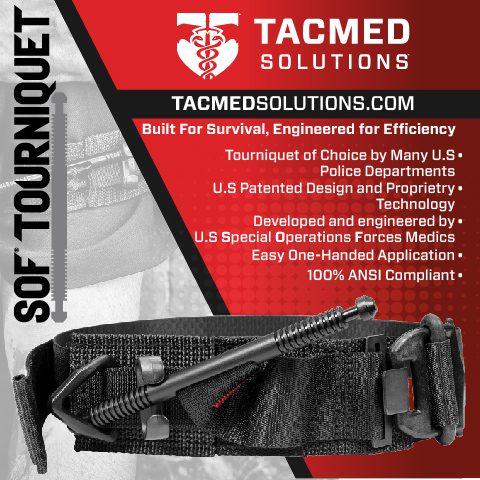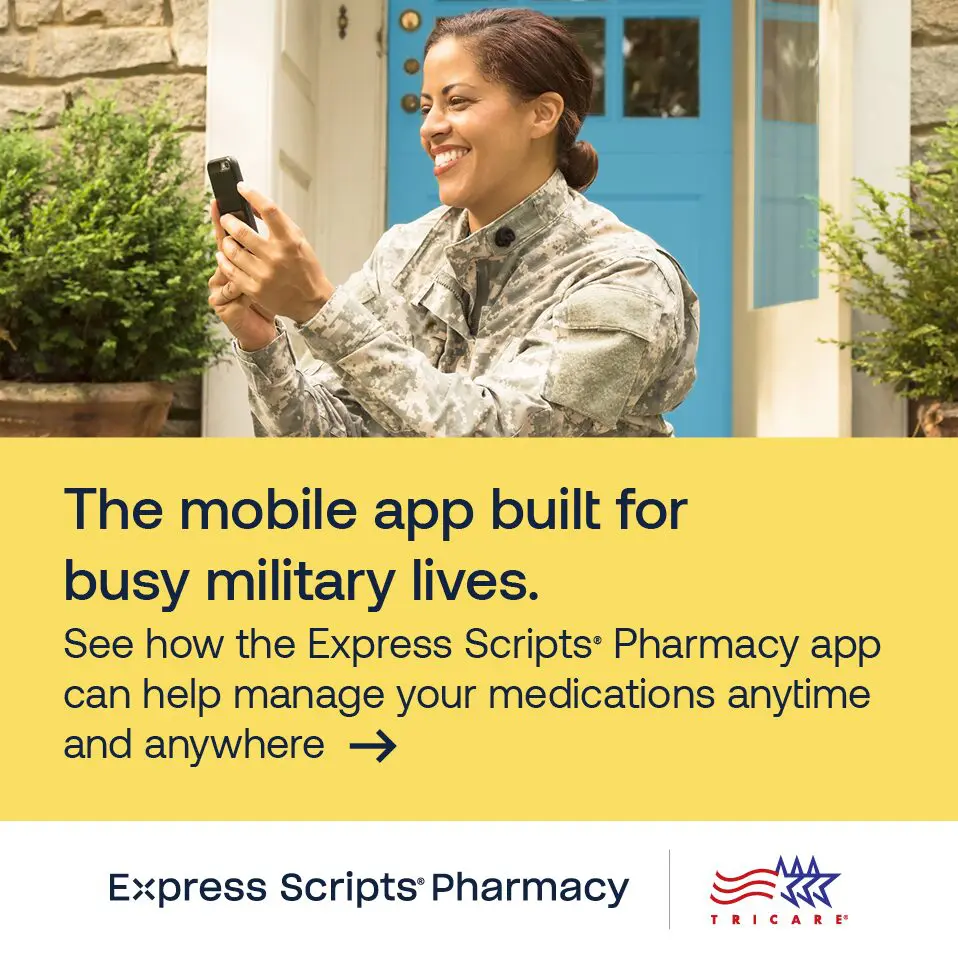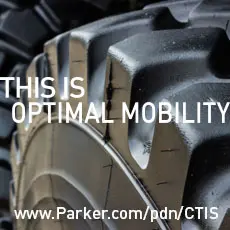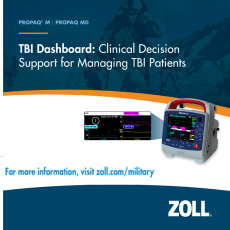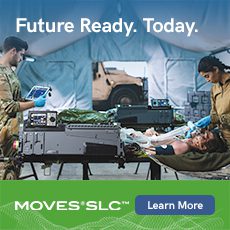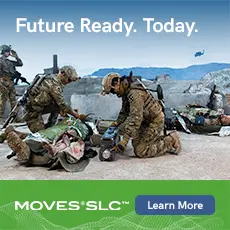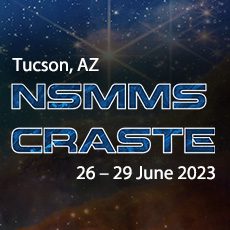Detecting Traumatic Brain Injury on the Battlefield
The U.S. Army Medical Materiel Development Activity (USAMMDA) Warfighter Brain Health Project Management Office (WBH PMO) develops and delivers brain health medical solutions — across the continuum of care — that aid in the prevention, detection, and treatment of neurotrauma, and in the psychological health and cognitive performance of America’s Servicemembers.
By LTC Stuart S. Hobbs and Louis E. Jasper, WBH PMO
From Combat & Casualty Care , Q4 Winter 2021
The mission of the U.S. Army Medical Materiel Development Activity’s (USAMMDA) Warfighter Brain Health Project Management Office (WBH PMO) is to develop and deliver brain health medical solutions — across the continuum of care — that aid in the prevention, detection, and treatment of traumatic brain injury (TBI), and in the psychological health and cognitive performance of our U.S. Service Members. Put simply, we deliver brain health products to the U.S. military that save lives, return Warfighters to duty, optimize their performance, and make them whole again. With a rise in the occurrence of TBI in the field, our WBH PMO team has been working with several commercial partners to develop field-suitable, operationally relevant capabilities. Most notably, our government/industry co-development team has recently achieved U.S. Food and Drug Administration (FDA) marketing clearance for a rapid blood plasma biomarker assay on a portable instrument to aid in the evaluation of TBI casualties in operations. This capability is now commercially available.
Early Diagnosis Key to Greater Recovery
Enabling earlier detection and assessment of TBI results in reduced casualty evacuations and improved triage to maximize positive outcomes for impacted casualties. Product managers Dr. Krista Caudle, Dr. Malena Rone, and LTC Stuart Hobbs along with the Integrated Product Team (IPT), have done a fantastic job of working with our commercial partner, Abbott, to develop this now commercially-available, FDA-cleared, blood plasma biomarker assay to aid in the evaluation of TBI in the field. The interpretation of test results is used, in conjunction with other clinical information, to aid in the evaluation of patients, 18 years of age or older, presenting with suspected mild traumatic brain injury (Glasgow Coma Scale score 13-15) within 12 hours of injury, to assist in determining the need for a computed tomography (CT) scan of the head. A “Not Elevated” test interpretation is associated with the absence of acute traumatic intracranial lesions visualized on a head CT scan. Ultimately, this means that if a casualty in the field has a negative result for this assay, and he or she has no “red flags” per existing clinical practice guidelines, then he or she will not need to be evacuated to a higher role of care for advanced imaging to assess the presence of a brain injury.
As a result, this test has the potential to preserve the fighting force, significantly reduce the number of evacuations for an injury type that is common in kinetic operations, and also reserve the use of advanced imaging for casualties with more severe brain injuries. The currently FDA cleared test is laboratory based because of blood processing required to run the test; however, Abbott is also working on a whole blood test, which would eliminate the need for separation of plasma and could be used at the patient’s side in a clinical setting.
Supporting an Evolving Operational Focus
Recently, there has been a shift in strategy with a focus on preparing medical materiel for large-scale, joint, combat operations. This shift has far-reaching implications for our military, and it has certainly resulted in the WBH PMO re-thinking how we can best serve the future needs of our Service members and field medical providers. Consequently, our integration with the U.S. Army Medical Research and Development Command’s science and technology base and other stakeholders, is more important than ever. We’re working together with these stakeholders to plan for the future, and we’re restructuring our programs to meet the future needs of our military.
Detection of a TBI, determining its severity, and guiding treatment as close as possible to the point of injury continues to be a goal in the development of future TBI assessment capabilities. USAMMDA’s WBH PMO has a program to develop non-invasive monitoring solutions for TBI in the field. At this time, there is very limited capability to monitor and treat TBI near the point of injury, in casualty evacuation, and at Role 1 (immediate first aid at point of injury) or Role 2 (limited medical care facility). A consequence of this limited capability during counter-insurgency (COIN) operations has been aggressive and early evacuation to a Role 3 (highest level of medical care within the combat zone) facility with neurosurgical augmentation. During recent COIN operations, severe TBI casualties could be evacuated to neurosurgical care nearly as quickly as in a stable civilian setting. This evacuation time frame may not be possible, however, during large-scale combat operations. Bringing monitoring and management capabilities further forward could preserve resources and permit more finely tailored triage and management, allowing continued operations in a resource-constrained environment that is not permissive to typical evacuation times or routes.
Forging a Promising Future
As we continue to partner and work with the Combat Casualty Care Neurotrauma Portfolio, and actively watch the research and industry communities for emerging solutions, we feel confident that monitoring technology candidates will mature and provide a capability for monitoring and treatment of TBI at far-forward roles of care once a TBI has been diagnosed.

